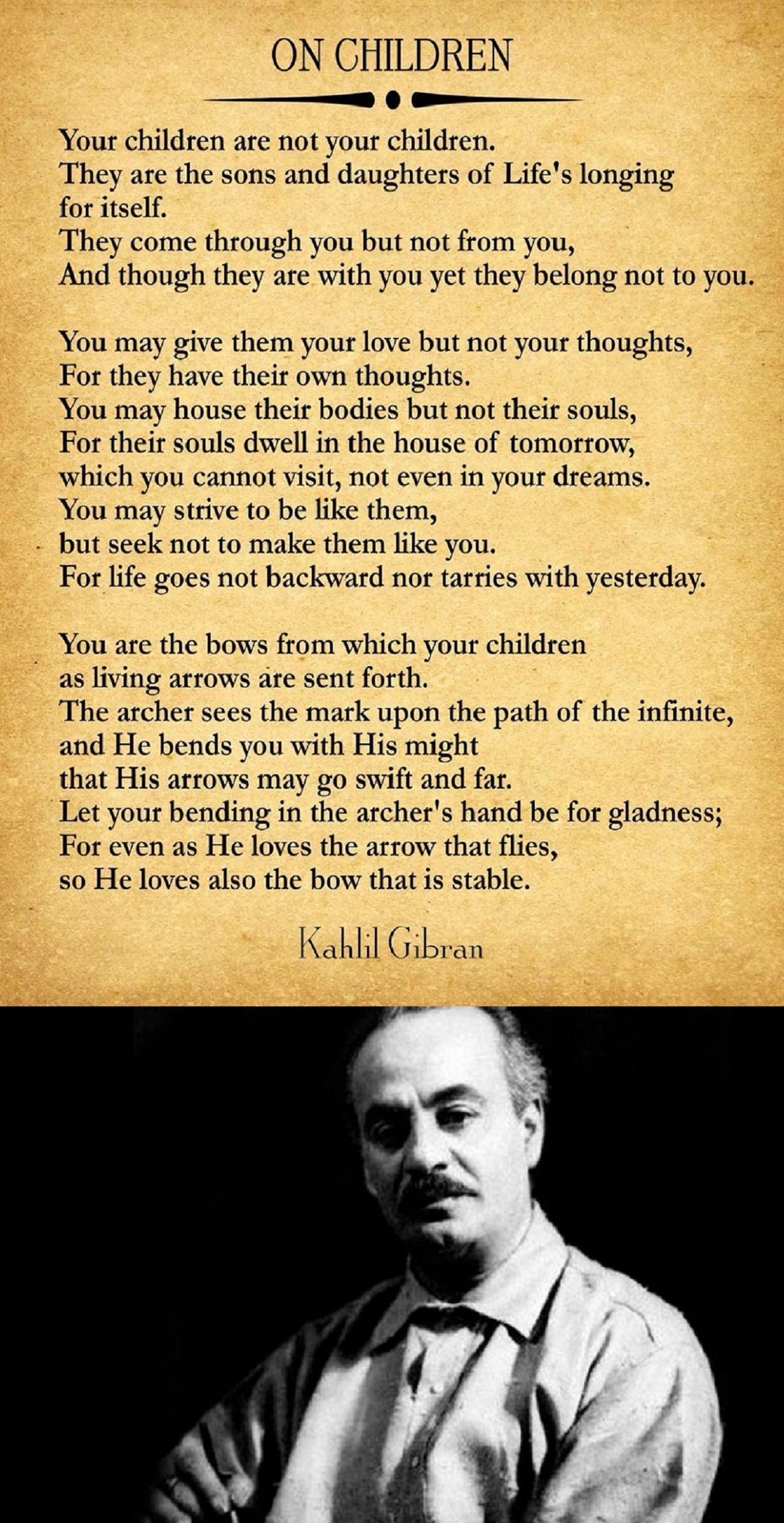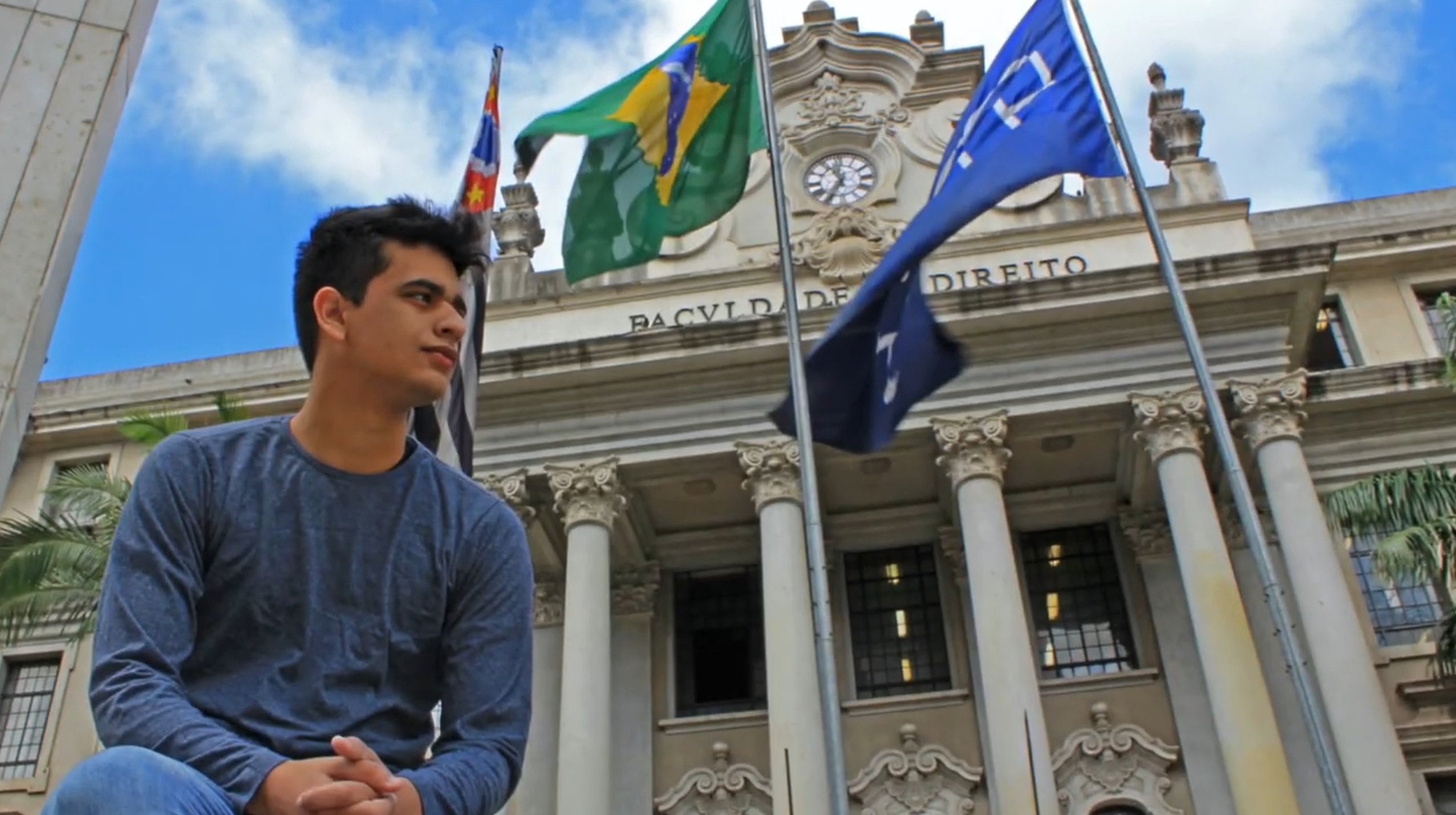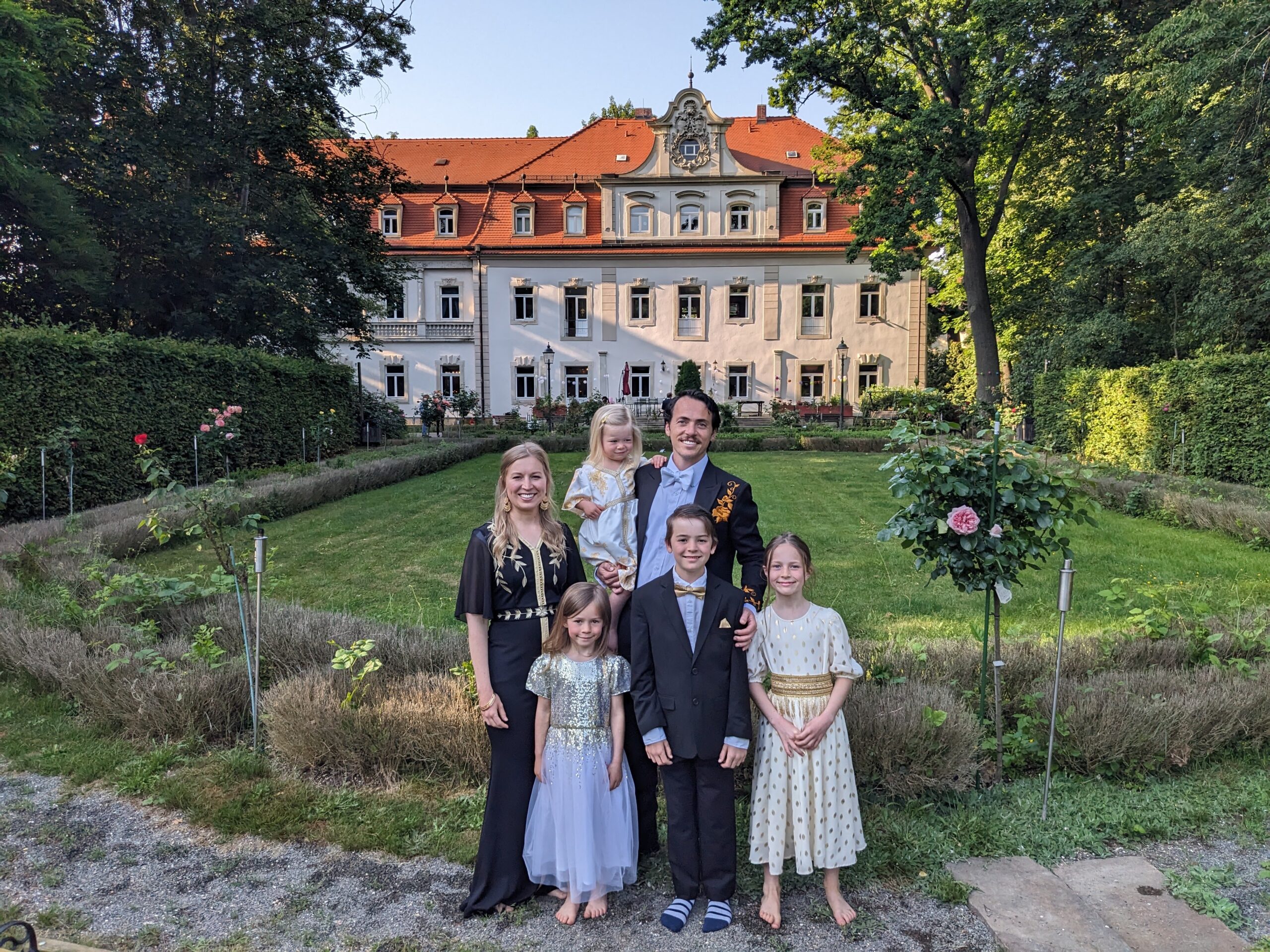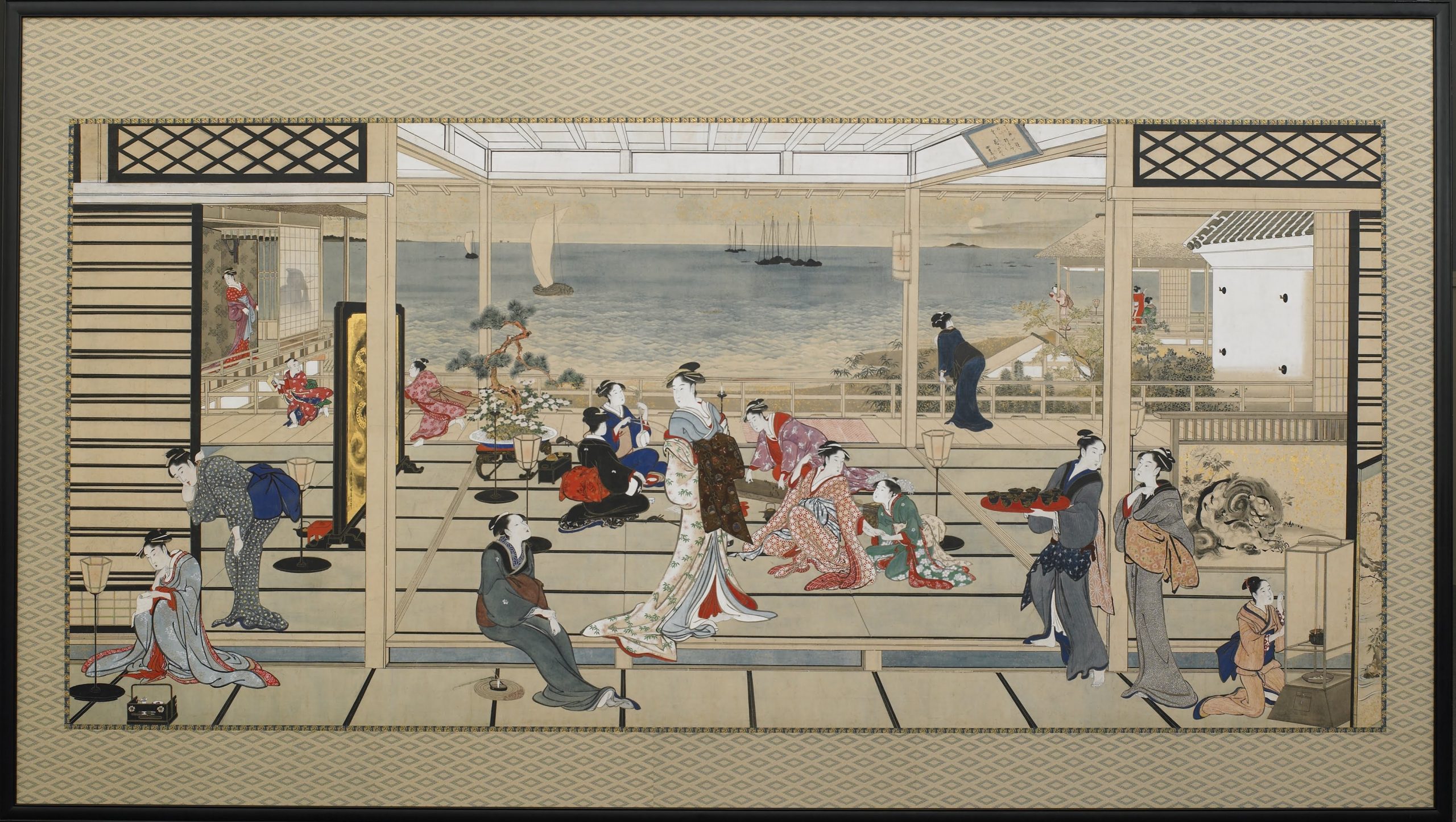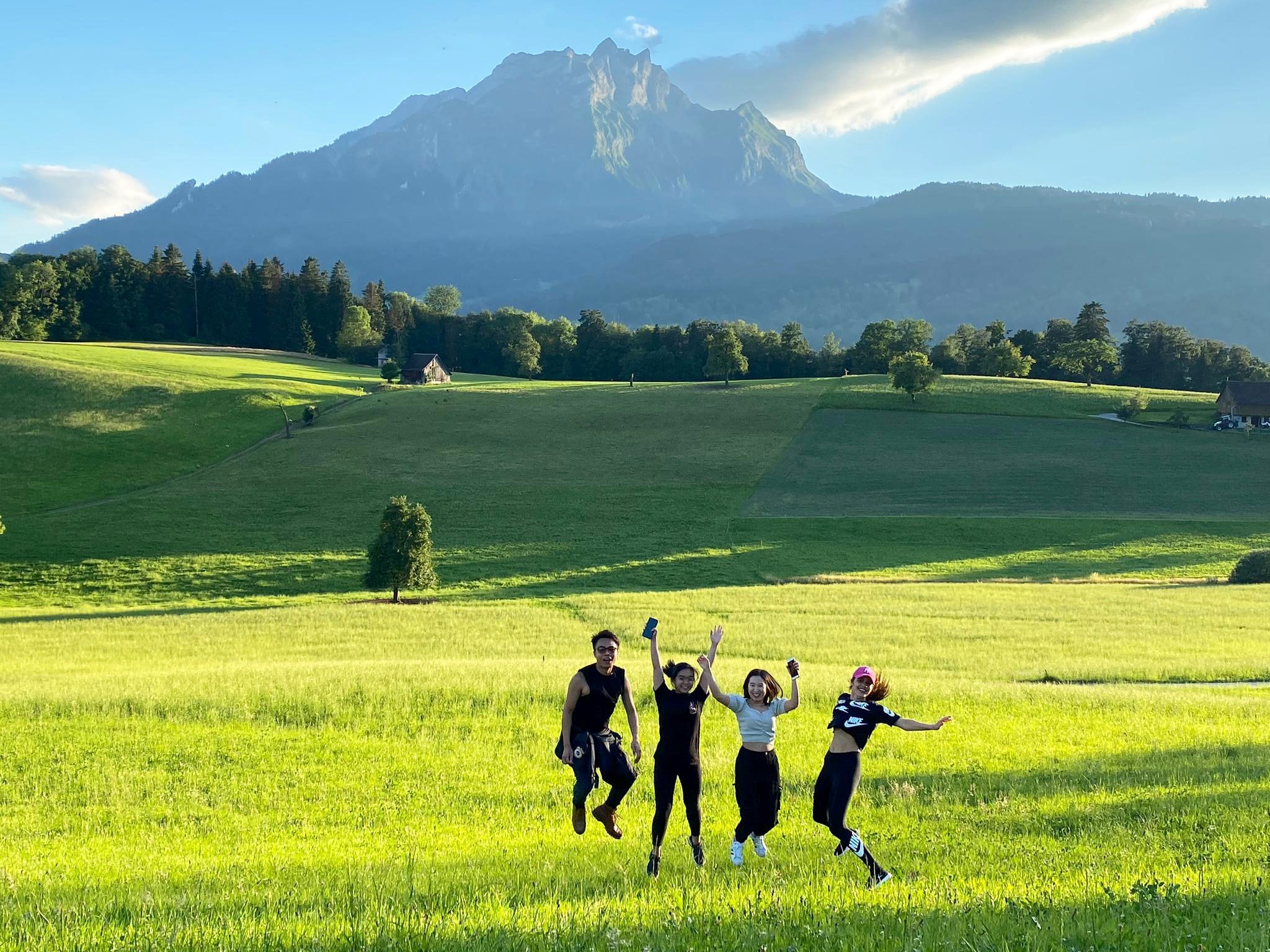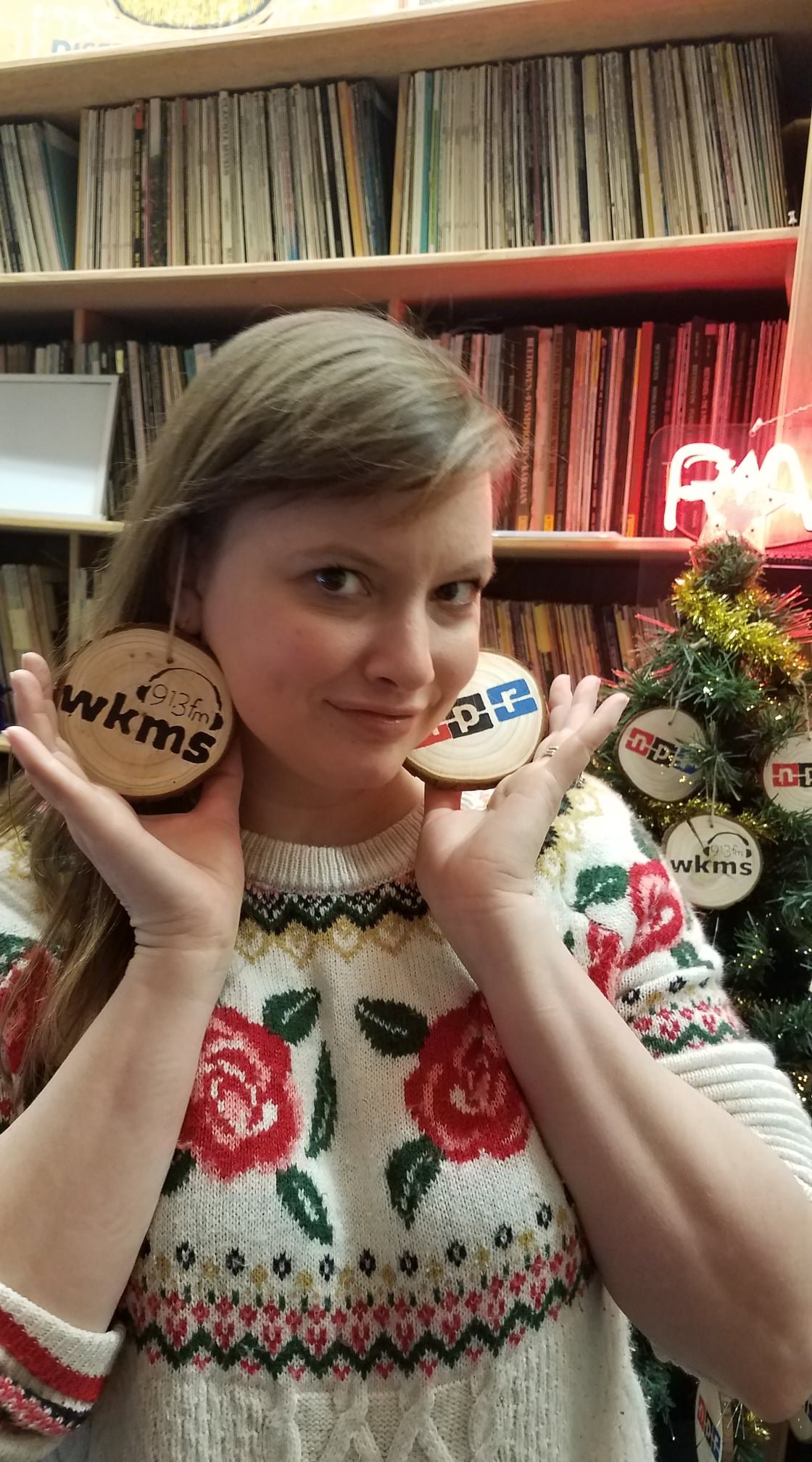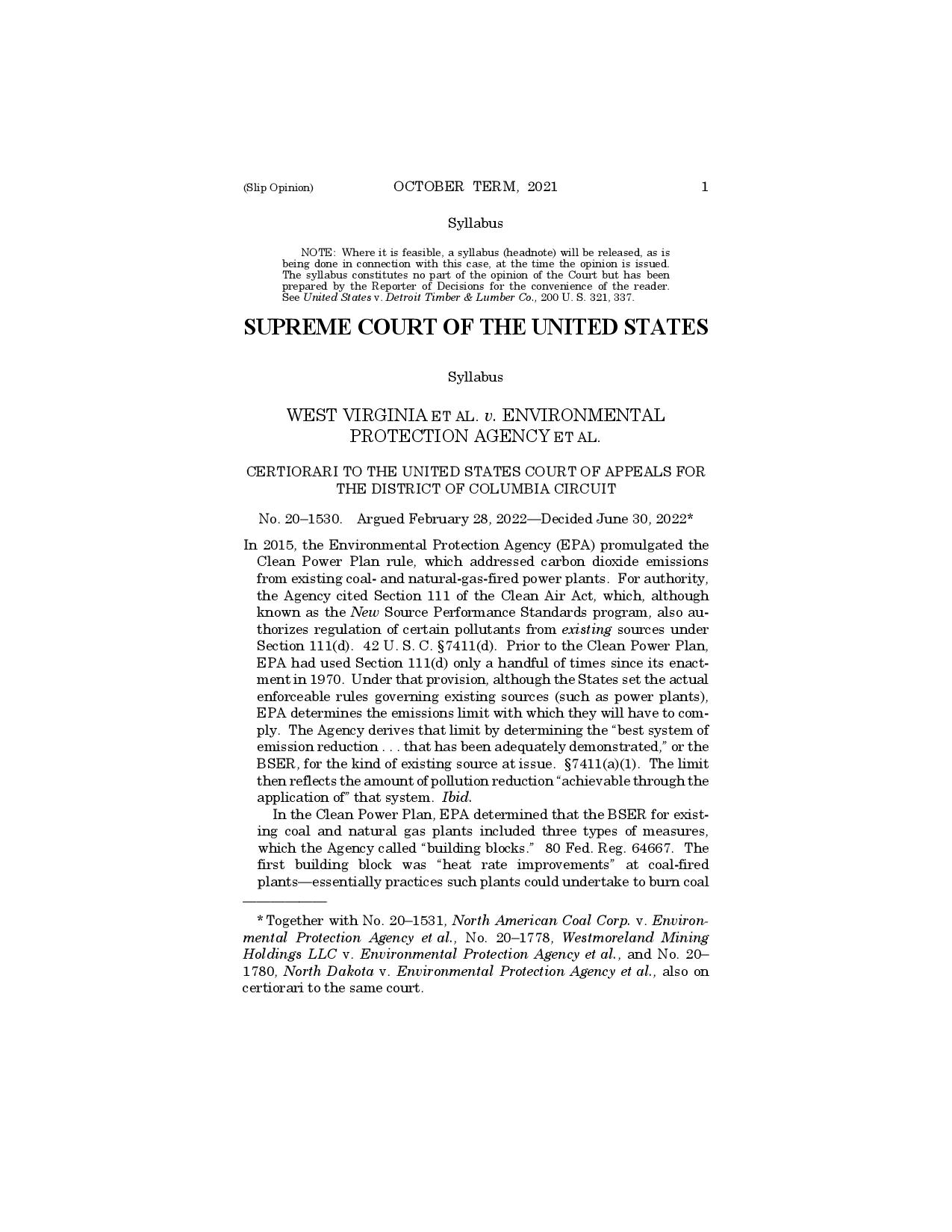Randomness: Benfords Law
- Home Page 309

Programma estivo Settimana 28 | 11 luglio – 17 luglio
lunedì | 11 luglio | Colloquium 15:00 UTC
martedì | 12 luglio | Colloquium 15:00 UTC
mercoledì | 13 luglio | Colloquium 15:00 UTC
giovedì | 14 luglio | Colloquium 15:00 UTC
venerdì | 15 luglio | Colloquium 15:00 UTC
sabato | luglio 16
domenica | luglio 16
Summer Week 33 | August 11 – 17
“. . .in August in Mississippi there’s a few days somewhere about the middle of the month when suddenly there’s a foretaste of fall, it’s cool, there’s a lambence, a soft, a luminous quality to the light, as though it came not from just today but from back in the old classic times. It might have fauns and satyrs and the gods and—from Greece, from Olympus in it somewhere. It lasts just for a day or two, then it’s gone. . .the title reminded me of that time, of a luminosity older than our Christian civilization.”
— William Faulkner (Light in August)
This is what will change culture pic.twitter.com/6sW8lASpZJ
— Anna Lulis (@annamlulis) August 10, 2024
Monday | August 11 | 15:00 UTC
Tuesday | August 12 | 15:00 UTC
Wednesday | August 13 | 15:00 UTC
Thursday | August 14 | 15:00 UTC
Friday | August 15 | 15:00 UTC
Saturday | August 16 | 15:00 UTC
Sunday | August 17 | 15:00 UTC
Programa de Verão Semana 32 | 7 de agosto – 13 de agosto
segunda-feira | 7 de agosto | Colóquio 15:00 UTC
terça-feira | 8 de agosto | Colóquio 15:00 UTC
quarta-feira | 9 de agosto | Colóquio 15:00 UTC
quinta-feira | 10 de agosto | Colóquio 15:00 UTC
sexta-feira | 11 de agosto | Colóquio 15:00 UTC
sábado | 12 de agosto
domingo | 13 de agosto
シラバス春週 29 | 7月18日-7月24日
月曜日| 7月18日 | Colloquium 15:00 UTC
火曜日| 7月19日 | Colloquium 15:00 UTC
水曜日| 7月20日 | Colloquium 15:00 UTC
木曜日| 7月21日 | Colloquium 15:00 UTC
金曜日| 7月22 日 | Colloquium 15:00 UTC
土曜日| 7月23日
日曜日| 7月24日
Summer Week 32 | August 4 – August 10
“Summer, after all, is a time when wonderful things can happen to quiet people.
For those few months, you’re not required to be who everyone thinks you are,
and that cut-grass smell in the air and the chance to dive into the deep end of a pool
give you a courage you don’t have the rest of the year.
You can be grateful and easy, with no eyes on you, and no past.
Summer just opens the door and lets you out.”
— William Faulkner
Monday | 4 August Colloquium 15:00 UTC
Tuesday | 5 August Colloquium 15:00 UTC
Wednesday | 6 August | Colloquium 15:00 UTC
Thursday | 7 August | Colloquium 15:00 UTC
Friday | 8 August | Colloquium 15:00 UTC
Saturday | 9 August
Sunday | 10 August
Dialectic: Climate Change
Starting soon! https://t.co/JL03EIEMqo pic.twitter.com/Ttpp4TA8jr
— Wendy Bohon, PhD 🌏 (@DrWendyRocks) December 28, 2023
New update alert! The 2022 update to the Trademark Assignment Dataset is now available online. Find 1.29 million trademark assignments, involving 2.28 million unique trademark properties issued by the USPTO between March 1952 and January 2023: https://t.co/njrDAbSpwB pic.twitter.com/GkAXrHoQ9T
— USPTO (@uspto) July 13, 2023
Standards Michigan Group, LLC
2723 South State Street | Suite 150
Ann Arbor, MI 48104 USA
888-746-3670


